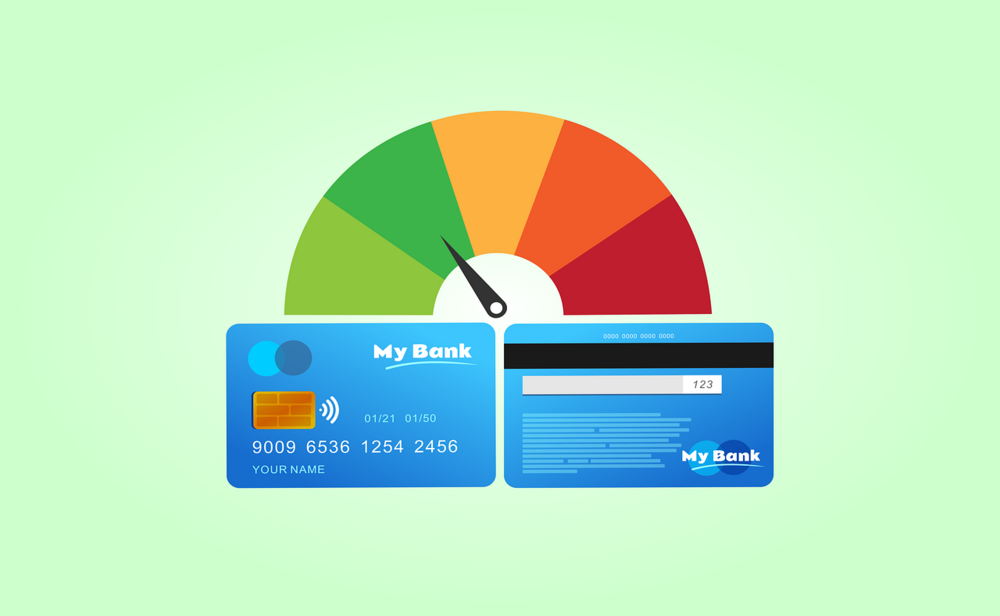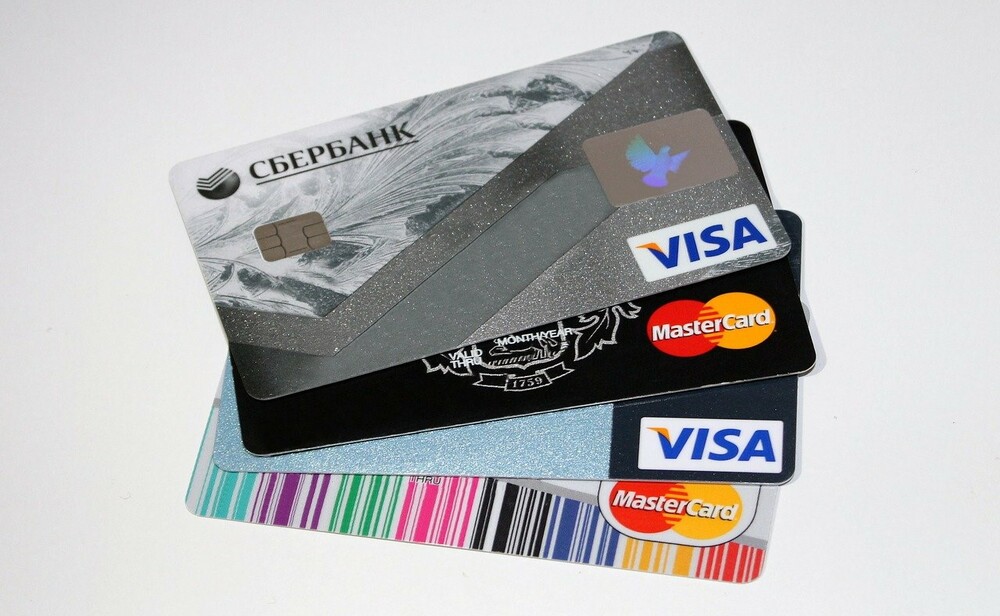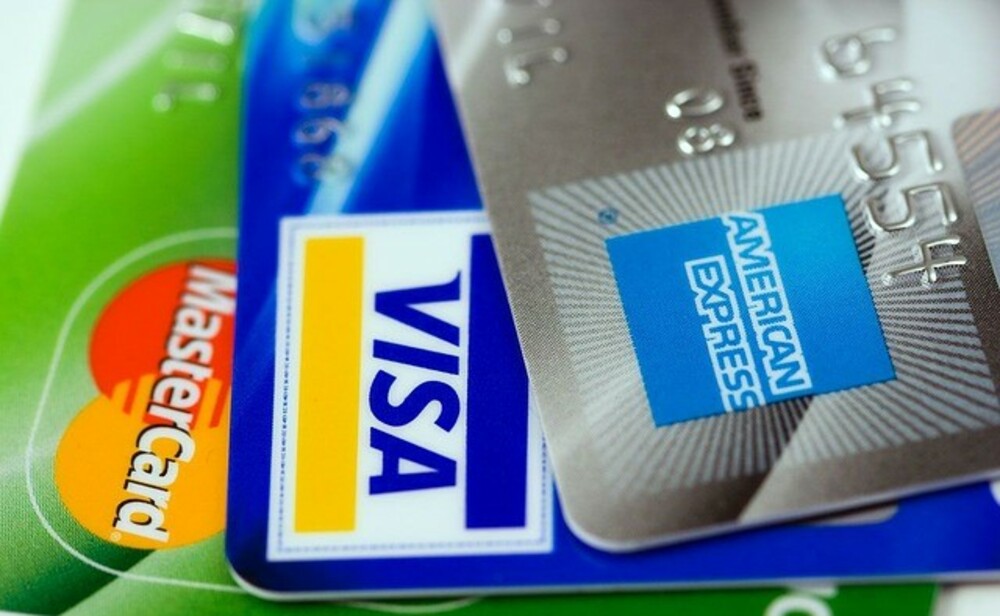What Is a Credit Score, and What Are the Credit Score Ranges?
A lender uses an individual’s credit score to assess a borrower’s creditworthiness. It includes several data points and is used to measure a borrower’s overall creditworthiness and ability to repay debt. Traditionally, lenders look at a borrower’s credit report, including a complete list of all credit accounts. A credit report can be retrieved free from a bank’s online portal or a data collecting agency such as Equifax, Experian, or TransUnion. The three primary components of credit score ranges are credit utilization, payment history, and payment behavior.

You have a credit score of 330-850
According to FICO, about 20% of lenders score you between 300 and 500, making that range a good starting point for credit score. About 25% of lenders rate you above 650, the highest-scoring tier of your credit score. “A 500-plus credit score indicates an outstanding credit risk. The stronger your credit, the higher your credit score,” says Chi Wu, staff attorney for the National Consumer Law Center. “One of the most desirable credit scores is in the mid-600s, but it is not easy to reach the top tier.”
A credit score between 300 and 500 includes good credit scores, according to LendEDU.com. If your score is below this range, it may be due to issues such as a late payment, a bad credit history, or a low income. It may also be due to other debt, such as credit cards or mortgages. Lenders typically provide a range of credit scores to compare different types of borrowers. The higher your credit score, the better your chances of getting a loan and repaying it on time. A good credit score can mean the difference between getting the loan you need and waiting a month or more for the lender to process the application. It can also help you qualify for low-interest rates and longer loans.
More About Credit Score Ranges:
As technology has advanced, the extent to which lenders interpret a credit score has increased. The commonly used one-number measure for financial institution purposes is the FICO score or Fair Isaac Corporation’s score. (Fair Isaac Corporation, which also designs and produces the FICO score, has issued a Mea culpa to some of its business partners for their part in using a flawed methodology when calculating credit scores, but at least it has acknowledged its errors.)
Credit scores range from 300 to 850, with 500 excellent and below fair-to-poor. Scores below 660 have historically been associated with poor credit risk and the probability of default. The Fair Isaac Corporation has said that the FICO score is not a perfect gauge for creditworthiness, as it is designed to indicate the creditworthiness of those it considers creditworthy. But its use in credit scoring approximates a 75% to 90% accuracy rating. FICO scores is usually assigned to borrowers as a single number, but the score can be broken into three different pieces.
- The first is a credit history component. Credit history is a total of three years of the borrower’s account history, including all accounts, opens and close,s and accounts that pay on time. The length of credit history is essential because it provides a borrower’s history of paying back loans. Still, it can also influence by a short history of borrowing for other purposes, such as a car or education. A borrower with a short credit history may face a greater likelihood of default than someone with a more extended history of borrowing and paying back those loans.
- The second factor is the credit mix. A lender should consider the percentage of debt held in different credit accounts, which the FICO score considers multiple categories. Loans are broken into six categories: account types such as installment loans and revolving credit lines, credit card debt, or credit card balances, revolving lines of credit, high-limit credit cards, and other accounts such as lines of credit, student loans, and outstanding medical bills.
- Finally, the third piece of the score is related to credit account charges or errors, which are non-recurring and infrequent but may indicate that a borrower has trouble controlling their spending. Note that the credit score ranges does not consider whether a person is responsible for their payments, such as paying them on time every month. However, the lenders who use credit scores take a holistic approach, looking at everything in the mix to gauge a borrower’s overall creditworthiness.
Why you may not need a credit score to get a loan?
If you do not need credit, you do not need a credit score to obtain credit, says Matt Schulz, senior industry analyst for CreditCards.com. For example, a credit card that charges a fee to make the first purchase with that card will give you an extended introductory period, and you can build a credit history with minimal risk of repaying the charge.
“What is it that keeps people from getting credit in the first place? Some are down on their credit score,” says CreditCards.com’s Schulz. “Others are still reeling from a bad experience with a credit card.” If you are not planning to use credit for the next six months, Schulz says you will have a low credit score even if your credit history is good. The length of time you have had credit is critical in determining your credit score.
What to do if you have a bad credit score?
If you have a low credit score or a spotty history, you will prepare to pay higher interest rates, fewer low-interest rate offers, and more stringent underwriting. It may be tempting to turn to credit cards with low-interest rates. You can ask about them but check with your lender to ensure they have no penalties for closing your account, warns Kevin Fischer, director of consumer education and business development at Experian.
“Some cards have ridiculous fees or high-interest rates and may not be suitable for someone who wants to build a credit history,” says Fischer. “Make sure the card you want to apply for has no annual fee but has a reasonable interest rate.”
How do credit score ranges determine credit utilization?
Under federal law, lenders may not decline to make a loan to someone with a fair credit score if approved for a loan with a high credit score. If you reject a loan or card, you can dispute it. However, you cannot dispute the reason for the rejection, which will be based on your credit score ranges, says Finicity’s Harman.
Credit utilization is one of the three factors determining your credit score, and if you have a high credit utilization, you will have a poor score. “The interest you accrue includes in your credit score,” says Terry Warrick, a licensed insolvency trustee with Thornbridge Insolvency and Trust Co. “Using 100% of the available credit can lower your score.”
A credit utilization rate of 30% or more of your total credit limit will reduce your credit score, says Harman. If you don’t have a credit card, a credit card has a small percentage of your available credit, so you will have a high credit utilization rate even if you have a great score.
If you are denied a credit card, try to keep your balance low and increase the limit on your card, says Paul Carroll, president of TD Mobile Deposit Services. “There is no magic number of how high your credit utilization should be; it just depends on your cash flow,” says Carroll.
If you have too much credit available, you will be considered “credit saturated” and may negatively affect your credit score. A three percent credit saturation rate should be healthy.
How a bad credit score affects your credit report?
A low credit score can also impact your credit report. You will still get credit, even if your credit score is low, but you won’t be able to obtain loans or credit cards without an acceptable credit score ranges, says Schulz. A bank may be less likely to give you a loan or open an account because they don’t want to take a chance. If you have a poor credit score, you may be denied a loan or credit card that would help you get out of debt.
If you are unemployed, you may be turned down for credit because lenders want to see you have a job.
How to improve your credit score?
If you are in good credit standing but have a poor credit score, there are some steps you can take to improve it.
- Pay your bills on time. Because your credit score is based on how you repay your credit, you should avoid late payments and constantly pay your bills on time to avoid hurting your score.
- Pay down your debt. Paying down your high credit card debt or any high-interest rate debt can improve your credit score. Look for a card with a 0% APR balance transfer, which lets you transfer your existing balance to a 0% APR credit card, and it will pay the balance off and move it to a different card.
- Keep your credit utilization low. If your credit limit is $10,000 and your credit utilization is 30%, you will have $1,300 in credit available to you. To put that money to use, you could build your credit score by applying for a card, but increasing your credit score may require paying your bills on time and maintaining a low credit utilization.
- Review your credit report. “Your credit report reflects your financial status,” says Warrick. “Any errors on your report could harm your credit score.”
- Check your credit report for errors and review it often. The Federal Trade Commission recommends reviewing your credit report at least annually to ensure there is no evidence of any fraudulent activity or issues with your credit score.
A Credit Score ranges for Everyone?
While a credit score is best known to lenders, consumers may be surprised to learn that the score is accessible to all users through a software package called Credit Karma. For a monthly fee of $9.99 per month (though no one pays this fee anymore), you can get a free copy of your credit score and monthly credit updates. Credit Karma also offers a free credit score, which includes a short explanation of how the score calculates. It also shows all of your accounts, from credit cards to mortgage loans.
The downside of credit score services is that the access isn’t open to everyone. You have to log in to the site to get a free score. Credit Karma requires that you already have a verified identity to obtain the score. This may be to guard against identity theft, but it could also be to gain access to more information on the user. After you have logged in, you’ll be able to access the score.
Even if you are unhappy with the score and it doesn’t fit your needs, you’ll have to send your Experian or Equifax credit files to determine how you fare. If you want to get a completely free score, you can go to Credit Sesame. This website also requires that you already have a verified identity to get a free score.
Don’t you need to worry about your credit score?
If you do not want to worry about your credit score, one big concern does not affect it: your score does not update for free.
In the past, lenders used a free online service to update your credit score every three months. But in May 2017, Credit Karma made credit scores and scores for checking and savings accounts free of charge. The company made its credit score available for free, including tracking, and it has since rolled out this feature to consumers. According to Carroll, millennials who are looking to build their credit scores should check their Credit Karma for credit scores and scores for checking and savings accounts.
“The best way to get your credit score up is to be disciplined about paying your bills on time and keeping your balances low,” says Carroll. “But the Credit Karma credit score isn’t going to affect your credit score. Credit Karma is beneficial, but it will not help you build credit.”
Credit Karma uses your credit card information, which it buys from banks and credit card companies, to give you credit scores. These scores, in turn, use to help determine credit card interest rates and when your credit card company approves new credit card accounts, says McCord.
“Credit Karma gives you a bunch of different data, but the best thing about Credit Karma is free,” says McCord. “If you don’t want your credit score report coming to your mailbox every three months, you probably won’t use it.”
Wrapping – Up!
You can’t ignore your credit score. It gives you a pretty good indication of how you are doing regarding your borrowing and payment patterns. A score of 650 or higher could give you confidence that you’ll be able to take out the loan you need, and a score below 600 could mean that you’re not in a position to get the best rate on your credit card. And remember that an excellent credit score can be the difference between getting the job you want or not.
Must Read: Top Strategies to Improve Credit Score






